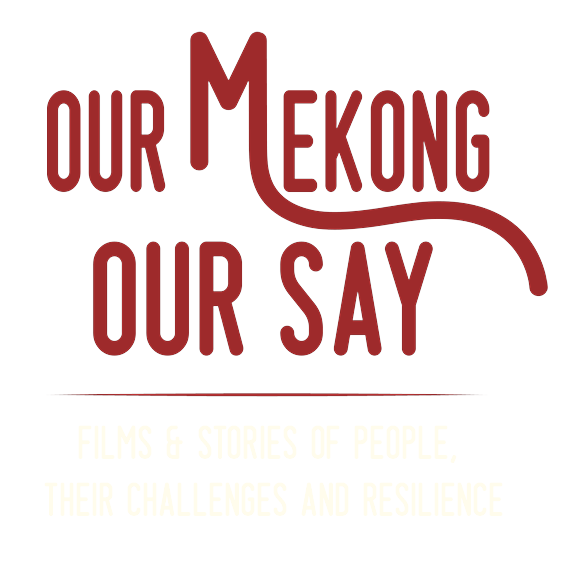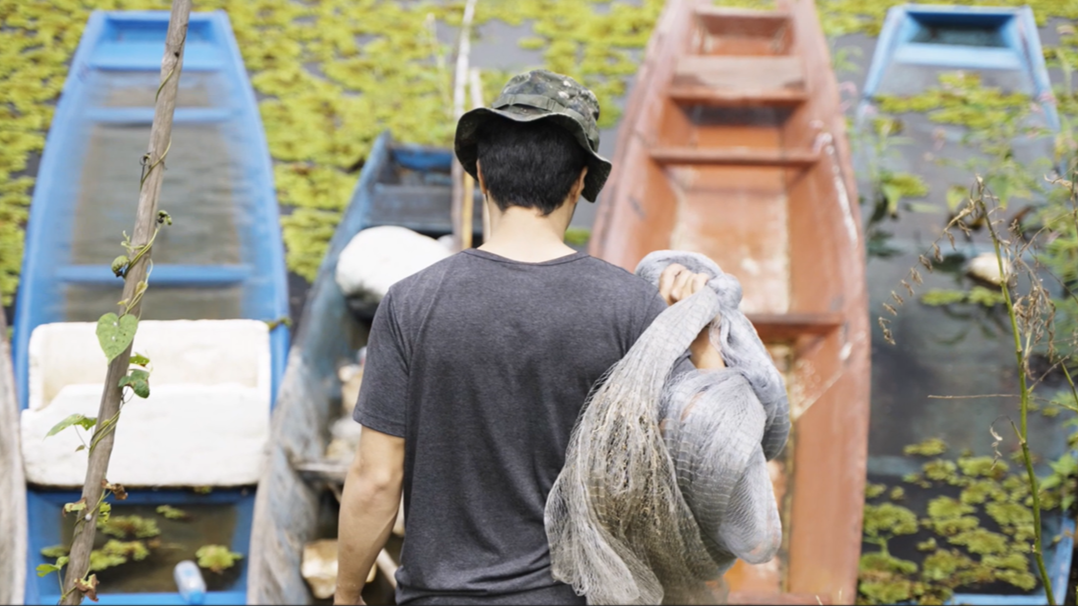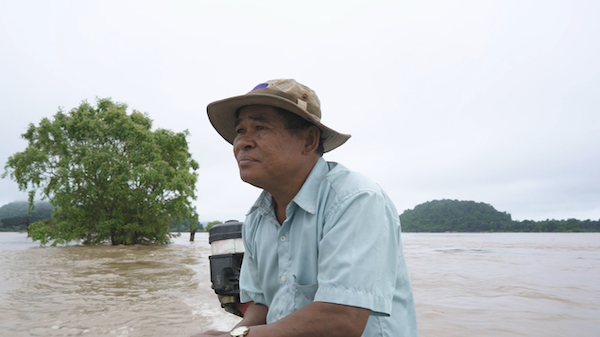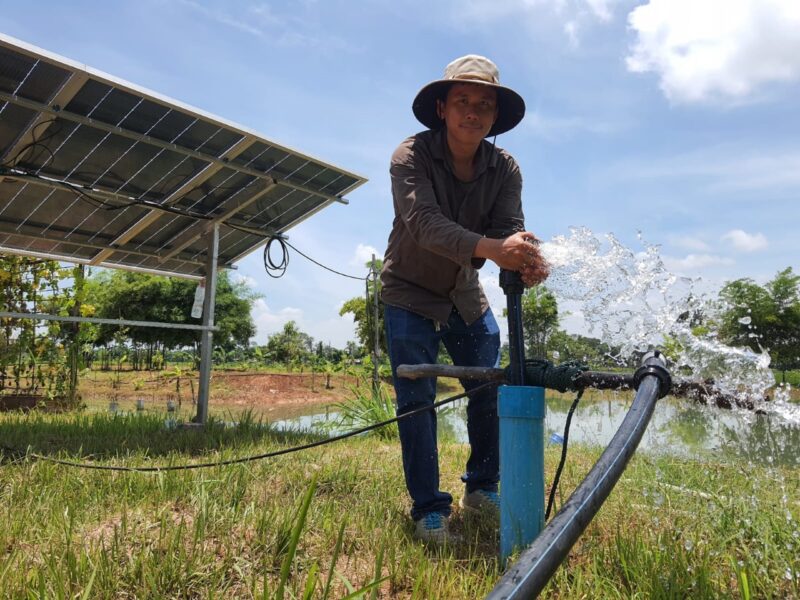
In many parts of the Lower Mekong region — from Cambodia’s rural communities near the Laos border and Myanmar’s central dry zone to Thailand’s craftsman community in a northeastern province — people tell stories of how their lives are changing due to depleting natural resources.
Their stories encompass not just rivers but also air, forests, and the coast, which provide sustenance, livelihoods, and homes for millions while fostering culture and human connections beyond mere observation.
These changes are intertwined with the ongoing challenge of balancing rapid economic development, which undoubtedly lifts many out of poverty, with the overuse of natural resources that marginalizes numerous individuals.
The impacts of diminishing resources are evident, yet political repercussions have led to a shrinking civic space, silencing many communities. Nevertheless, their voices persist and seek platforms, with journalists being instrumental in amplifying their messages.
Throughout 2023, Internews’ Earth Journalism Network (EJN) and partners trained nearly 50 professional and citizen journalists in Lower Mekong countries. Half of them collaborated to produce stories reflecting environmental challenges, resilience, and solutions.
These efforts resulted in a series of short documentary films, written stories, and photo essays showcasing unfamiliar faces and the voices of ordinary people, civil society members, entrepreneurs, and state actors. Their diverse experiences shed light on how the Lower Mekong region is transforming and grappling with the consequences of resource overuse.
Their stories emphasize the urgent need for better governance in resource management and the imperative to incorporate their voices in development decisions. This call can only be realized if we all listen.

EJN collaborated with FlimAid, RealFrame, and Mahawthada, to support filmmakers and citizen journalists to produce short documentary films, spotlighting a diverse range of issues in natural resource management.
Women, LGBTQ+, and stateless people are at the center of some films we support. As part of these communities, filmmakers illuminate unheard voices and bring them to light.

By Nunthachai Phupoget
Driven by transgender artisans and their pride, Thailand’s riverside cotton plantations and the local textile industry face an imminent threat in the shadow of the Mekong dams.

By Choulay Mech
Youth and women in Cambodia’s fishing community take a stand, challenging the prevailing norms and status quo.

Conflict and nature are intricately connected in the management of natural resources, particularly in areas with prolonged conflicts or in borderlands where issues of sovereignty are at stake.
The management of natural resources, particularly in areas with prolonged conflicts or in borderlands where issues of sovereignty are at stake.

Thirst amidst Turmoil
By Mon Mon
The ongoing war, exacerbated since the 2021 military coup, has blocked people in Myanmar’s central dry zone from accessing water, forcing them to endure a life of thirst.

By Maran
Internally displaced people in northern Myanmar have found their homes transformed into gold mining sites, leaving them with no place to return.

By Visarut Sankham
Multiple developments along the Mekong River have altered its shape and caused the disappearance of islands, sparking debates over the Thailand-Laos border.

By Minn Thu Win Htut
Myanmar’s coastal areas were once the nesting grounds of turtles. However, these animals no longer find a welcoming home there due to the ongoing conflict hindering conservation efforts.

Mekong River and its subsidiaries serve as the lifeblood for millions of people. The films below capture the recent changes, from hydropower dams to infrastructure developments, and convey how people are affected by these transformations.

The Flooded Forest
By Nehru Pry
The Mekong flooded forest is a unique ecosystem that ensures food security and income for the local community in Cambodia. However, the irregular water flow is gradually depleting the forest’s abundance.

By Anusorn Nimitpratoom
Thailand’s fishermen and their livelihoods may soon be wiped out, as fishing in the mighty river becomes too risky and burdensome due to the presence of dams.

By Chhun Bunchhai
After the last Irrawaddy Dolphin died in the community near the Cambodia-Laos border, local ecotourism collapsed, leaving little prospects for recovery.

By Jessada Khimsook
A story of a family in northeastern Thailand torn apart after their fishing rights are lost to the Mekong dams.

Journalists, driven by passion and eagerness to narrate stories, have reported over a dozen in-depth news pieces and created videos and photo essays with support from EJN.
These stories encompass a broad spectrum of issues, including bottom-up renewable energy in Cambodia and Laos, Cambodian farmers struggling against land seizure by the sugar industry and Myanmar’s environmental pollution due to pearl farming and gold mining.
They demonstrate that even in the most challenging circumstances, people hold opinions and a deep desire to witness positive change.
Last but not least, “Our Mekong, Our Say” is not the concluding chapter. The stories produced within the project serve as a valuable resource that can ignite debate. They also illustrate the opportunities available for the lower Mekong region to progress sustainably and preserve the natural resources that are fundamental to human existence.


These stories and page are funded by the American people through the U.S. Agency for International Development (USAID). The information provided on this Website is not official U.S. Government information and does not represent the views or positions of USAID or the U.S. Government.











